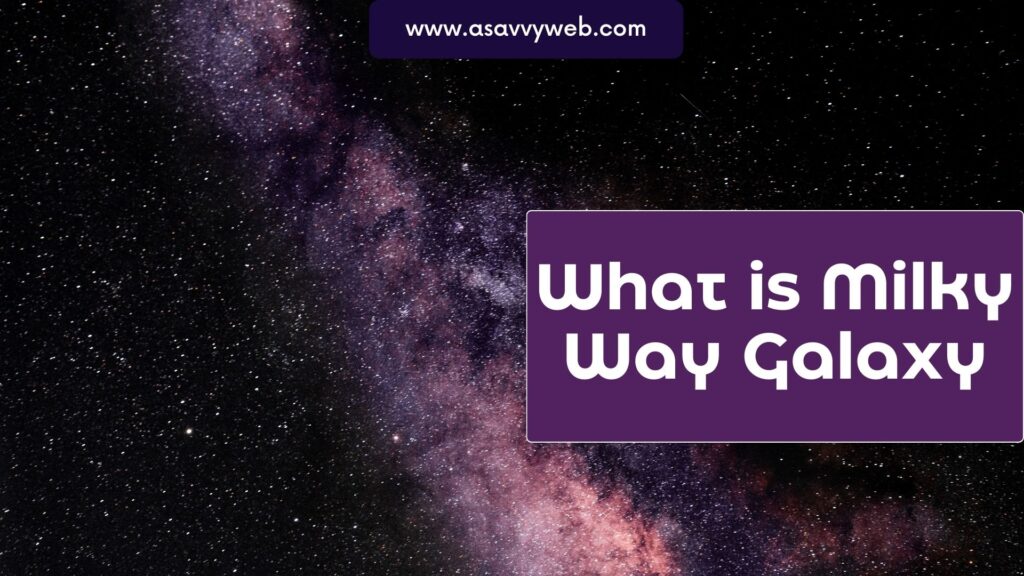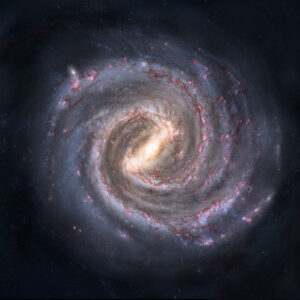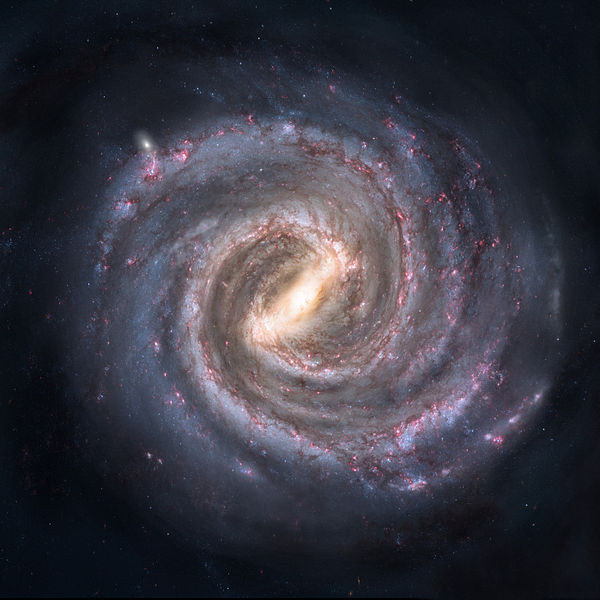It is the galaxy home to our solar system that contains our solar system, the name milky has come up with its appearance as a dim glowing light arching across the night sun whose distinct stars cannot be notable by the naked eye.
When huge cloud of dust and gas collapse in to dense mass and that mass began to spin and flattern in to disk and the center grow harder and harder and then our planet sun was born.

Left over to the dust and gas was continued over the sun with millions of years and form the planet and moons makes up our solar system.
The sun is at the center its gravity binds the solar system together it accounts for the 99 percent for the solar system mass.

(Image taken from Wikipedia)
Mercury
The closest planet to the sun is mercury , a relatively small planet known for the extremes of temperature about 800 degress Fahrenheit during the day and -300 and so degrees at night.
Venus
The next planet is venus its is know as the near twin at the universe know for his size, mass, and density. Its atmosphere is mostly carbon dioxide, a green house gas that traps the suns heat and raises its surface temperature to 900 degrees Fahrenheit, clouds of sulphuric acid above the venus is rocky surface.
Earth
The third is our planet Earth an active planet that constantly changing more than 70 percent of its surface is coverd by water. Earth teams with life some thing that so far has been found no where else, just beyond earth lies mars.
Mars
Just beyond Earth lies a planet Mars, A baring planet striking geographic features including red soil canioans four times deeper than the grand canyion and polarize.
Between mars and the next planet there is asteroid belt in millions of rocky fragments most for the miles across.
Jupiter
The fifth planet from the sun is faraway for than the largest JUPITER. A gassiest joint which is big enough to hold more than 1300 earths , its great red spot alone is huge hurricane like storm is twice is wide as the Earth.
Saturn
The second largest planet is next, famous for his massive rings of ice covered particles.
Urenus
Seventh from the sun is Urenus, which is unique because of it rotates on it side. It has the third-largest planetary radius and fourth-largest planetary mass in the Solar System. Uranus orbits the Sun once every 84 years. Its average distance from the Sun is roughly 3 billion km.
Neptune
It is he Eight planet and perhaps the windiest place in the solar system, with over 1200 miles per hour. Neptune marks the end of the planet, but not the end of the solar system. Further on is Pluto.
Pluto
Pluto is the Dwarf planet in the kuiper belt, at its greatest distance pluto orbits more than 400 billion miles about distance from the sun as vast and diverse our solar system is its but one in the galaxy of billion of stars.

